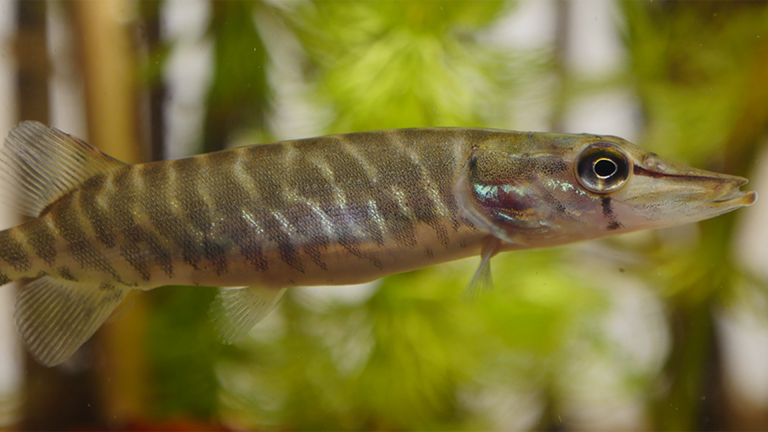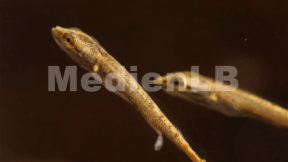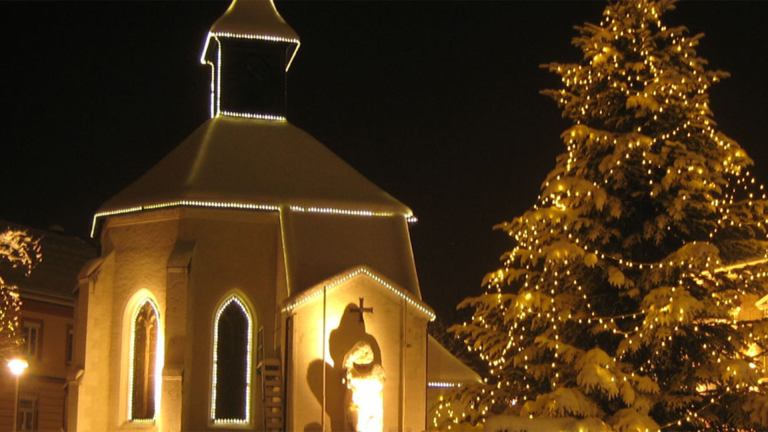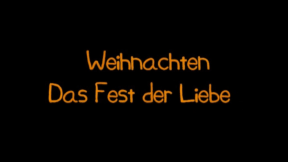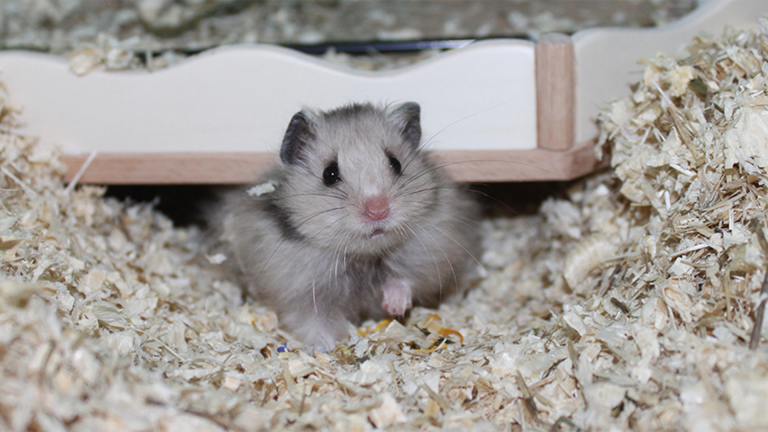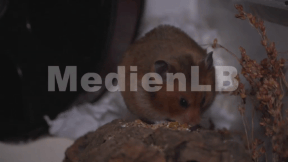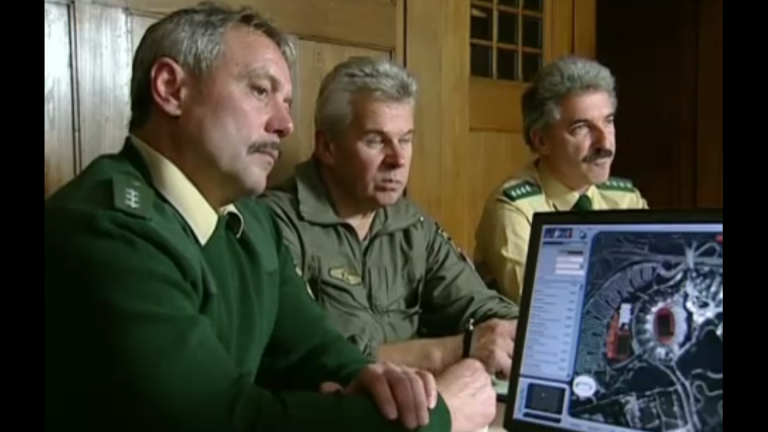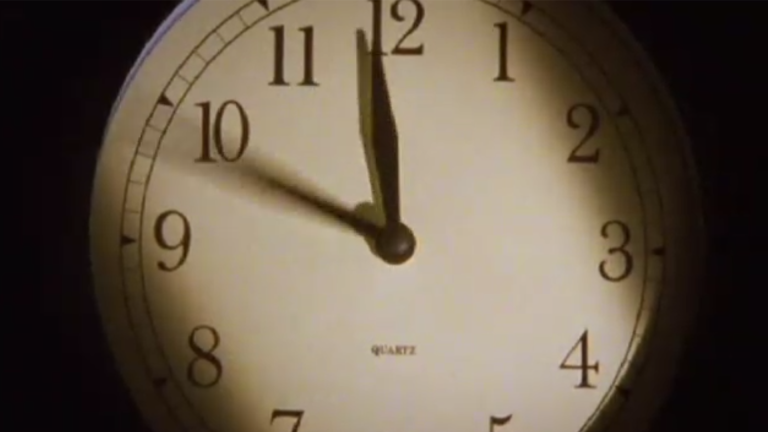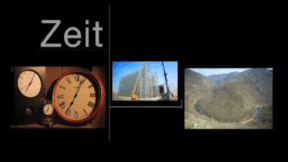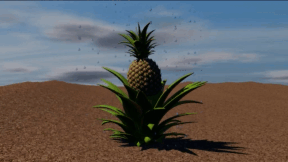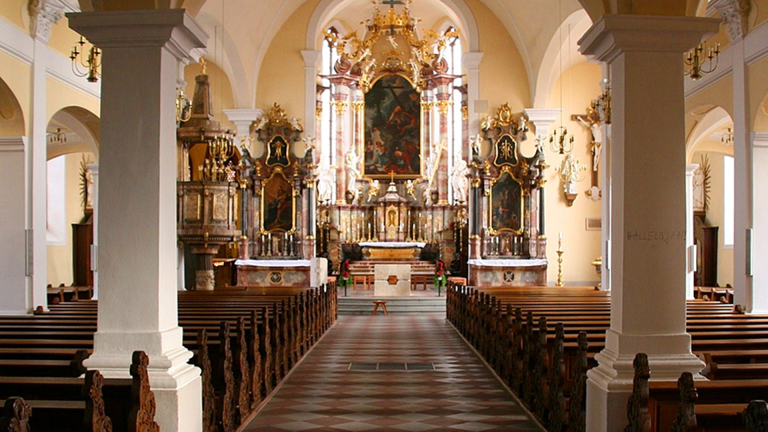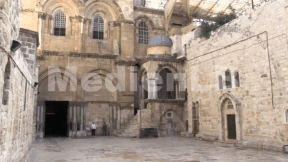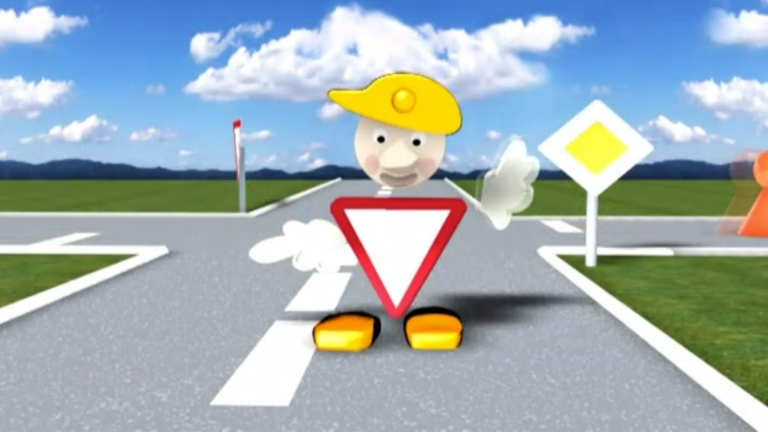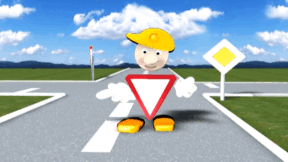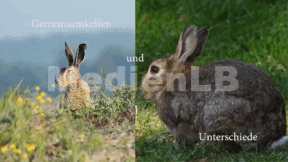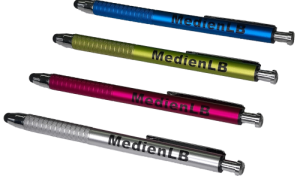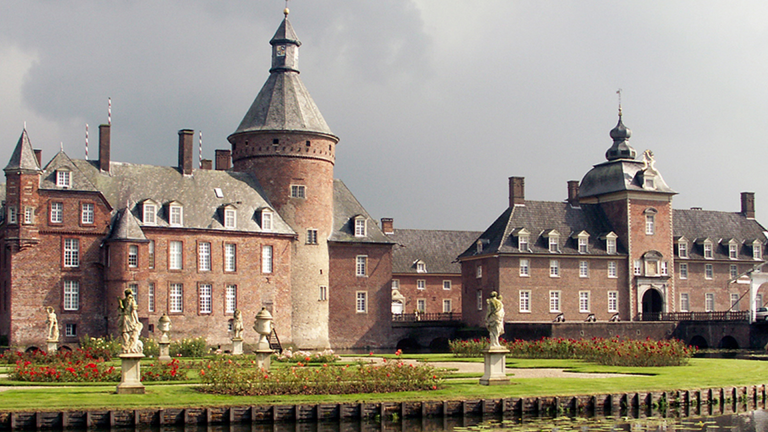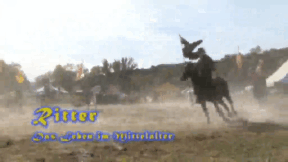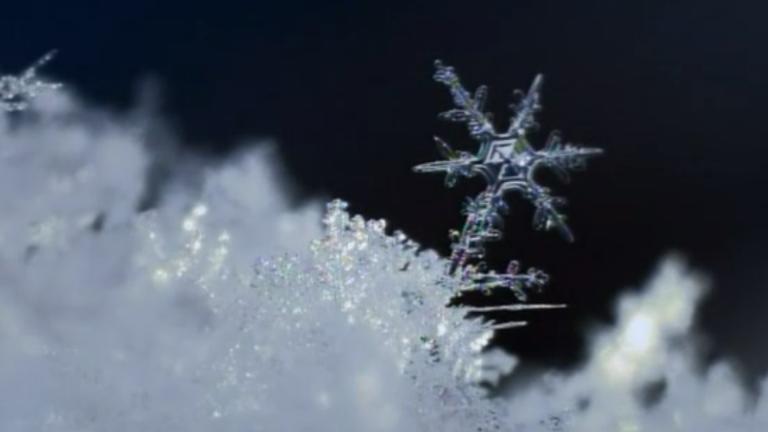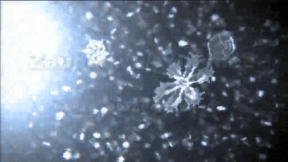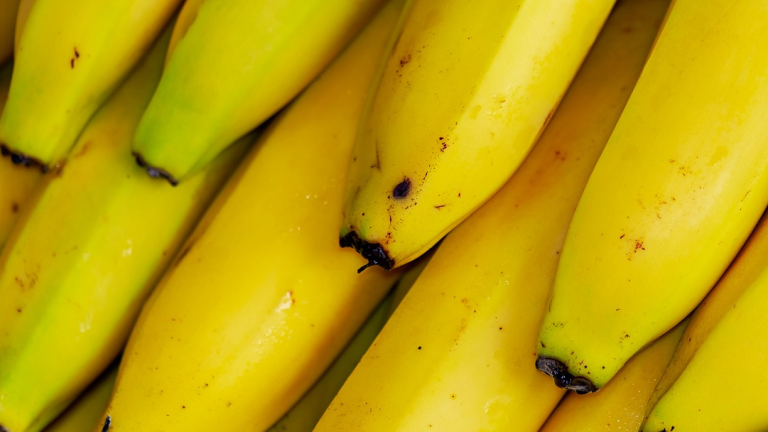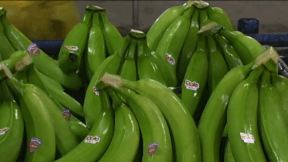Suche:
- # Artistry
- # Biology
- # Chemistry
- # Ecological
- # Economy
- # English
- # Foreign Language
- # Geography
- # German
- # Health
- # History
- # Informatik
- # Latin
- # Mathematics
- # Media Education
- # Music
- # Physics
- # Politics / Civics
- # Preschool
- # Primary School
- # Religion
- # Society
- # Sports
- # Technology
- # Training of Teachers
- # Vocational Education
Hecht
Der Hecht ist Fisch des Jahres 2016. Er ist einer unserer größten heimischen Raubfische. Sein Maul ist mit messerscharfen Zähnen gespickt.
Learn moreChristmas
Christmas is a festival celebrated all over the world. Although it is a Christian feast, many people on Earth know and celebrate Christmas. Christmas time is a very special period that somehow casts a spell on the world around us. Streets and houses are decorated and music can be heard from all sides. Although the grown-ups are "under stress", so to speak, in December, it is nevertheless a cosy and pleasant time.
Learn moreHamsters
Hamsters are small rodents that have four sharp incisors. They are related to mice.
Learn morePolice
This DVD provides comprehensive information on the diffe- rent areas of police activity. The responsible job of police officers as well as their every- day duties are clearly described and shown in a way that is understandable to primary school pupils. “Police – In Action for Safety” offers a detailed insight into the cop-operation of all police forces and the technical means available to them, for instance when on duty in road traffic, at special or large events, when searching for persons, when solving crimes as well as on daily patrol duty. In exciting film clips, the pupils can directly experience what the life of a police officer is like. The comprehensive accompanying material complements the facts already learned and further includes many transfer tasks, language games and mathematical questions regarding police work.
Learn moreTime
Time governs our everyday life. We cannot touch, hear or see it but it is always there. One century ago, Albert Einstein proved that time is relative. It is an extremely subjective experience and a phenomenon that is difficult to grasp. The DVD explains the “time” phenomenon. It explains the limits to perception and visualises what is invisible to the human eye by means of slow motion and fast motion pictures.
Learn morePineapple
Fruit is a multi-faceted gift of nature. Almost no other food is available to us in such a variety. It tastes good, is healthy and can mostly be eaten raw. However, it should be well washed before or even peeled, depending on the variety. The term “fruit” is understood to mean fruits from trees and shrubs. Fruits contain besides a mostly rather high amount of water a great number of vitamins and minerals. A lot of fruit grows here in Central Europe, in Germany or Austria. Among these so-called “domestic“ fruits are apples, pears, strawberries and blueberries. They mostly ripen in autumn. Citrus fruits such as lemons, oranges and tangerines do not grow around here as they require a lot of sunlight and heat for their growth. They are imported to us by lorry mostly from countries around the Mediterranean such as Spain, Italy and Greece. Exotic fruits like pineapples and bananas need a tropical climate with a lot of heat, sunshine and water. Due to modern means of transport, these widely travelled varieties of fruit are meanwhile available in every supermarket throughout the whole year.
Learn moreKirchen
Kirchen haben eine lange Tradition und von außen sind sie heute meistens gut erkennbar. Aber wie sehen Kirchen eigentlich von innen aus? Denn egal ob alt oder neu, groß oder klein ─ so unterschiedlich sie auch aussehen, die meisten Gegenstände findet man in jeder Kirche. Der erste Blick, wenn man eine Kirche betritt, fällt meist auf den Altar und auf das über ihm hängende Kreuz. Für die Hostien, die den Christen so wertvoll sind, gibt es in der Kirche einen ganz besonderen Platz ─ den Tabernakel. Im Tabernakel werden die geweihten Hostien nach dem Abendmahl aufbewahrt. In der Nähe des Tabernakels hängt das ewige Licht.
Learn moreRoad Safety Education
Road safety education for children is a difficult task for parents, tutors and teachers. Correct behaviour in road traffic is extremely hard to learn for children. They are not aware of the dangers. But how can you raise their awareness without frightening them? How can you encourage their autonomy in road traffic without exposing the children to dangers? The give-way sign “Signo” guides the children through traffic. It describes the correct crossing of a street and shows the dangers of playing next to a street and the right behaviour for passengers in a car. The film also describes the right clothes in the dark, the safe bike and the most important traffic rules. “Signo” asks well-directed questions to actively include the children in what is happening. The accompanying material contains ideas for practical implementation, games, songs, active games and painting sheets on the subjects. Work sheets for primary school are also included. Based on this comprehensive material, the DVD is ideal for projects in kindergartens, after-school care centres and primary schools.
Learn moreHare and Rabbit
How do we distinguish between a hare and a rabbit? At first sight, both look confusingly alike for both have long ears and a stumpy tail.
Learn moreKnights
This DVD offers an insight into the life of knights in the 13th and 14th century of the Middle Ages. The film describes events in the lives of knights as well as life in the castle in a way that is clear and easy to understand for young pupils. The DVD covers the following subject areas: • The Middle Ages (Times of knights, emperors, kings, princes and counts) • Life in the Castle (castles and their location, livelihood, rooms, food) • Tournaments (medieval tournaments today, two knights fighting, dress rules) • Armour (protective attire for battle being subject to changes, coat of arms, weapons) • From Page to Knight (the difficult path of development of a knight’s son) • The Siege (attack and defence of a castle, weaponry) • End of the Time of Knights (robber-knights and their history)
Learn moreMagical World of Snow
With descriptive real and trick sequences, the film explains how snow forms and what different kinds of snow crystals there are. We observe a snow researcher at work and watch growing snow crystals under a microscope in spectacular close-ups. The film also answers the questions why snow looks white to us or crunches; it shows sledge dogs in action and explains ingenious survival strategies of animals in winter. Other clips show the joy of some winter sports but also point out their dangers. A tourist guide explains the precautionary measures to avoid a possible risk of avalanches. The topic of snow cannons is also covered in the film – like glaciers, too, or artificial snow in a slightly unusual use. Comprehensive, interdisciplinary accompanying material consolidates and deepens the knowledge of the subject.
Learn moreBanana
Bananas can be bought at any supermarket today. We eat them raw or make them into cakes, shakes and ice-cream. But where do bananas come from? How have they got to the supermarket? On plantations in Costa Rica bananas are cultivated in an elaborate process. It is most important that bananas always have enough heat, sun and water. When the bananas are harvested, the workers carefully cut them off with machetes and take them to the packaging station. From there they are transported to the container ships by lorry. In the process the fruits undergo constant quality control. Storage temperature is important as well. After about three weeks the bananas are ready for sale at our supermarkets. The film illustrates the development of the banana from planting to harvest and the subsequent transport until they are finally sold at our supermarkets. Why does the banana not rot on the journey? Why is the banana bent? These and more questions are vividly answered. With the extensive accompanying material the didactic DVD is perfectly suited for use in the classroom
Learn more



